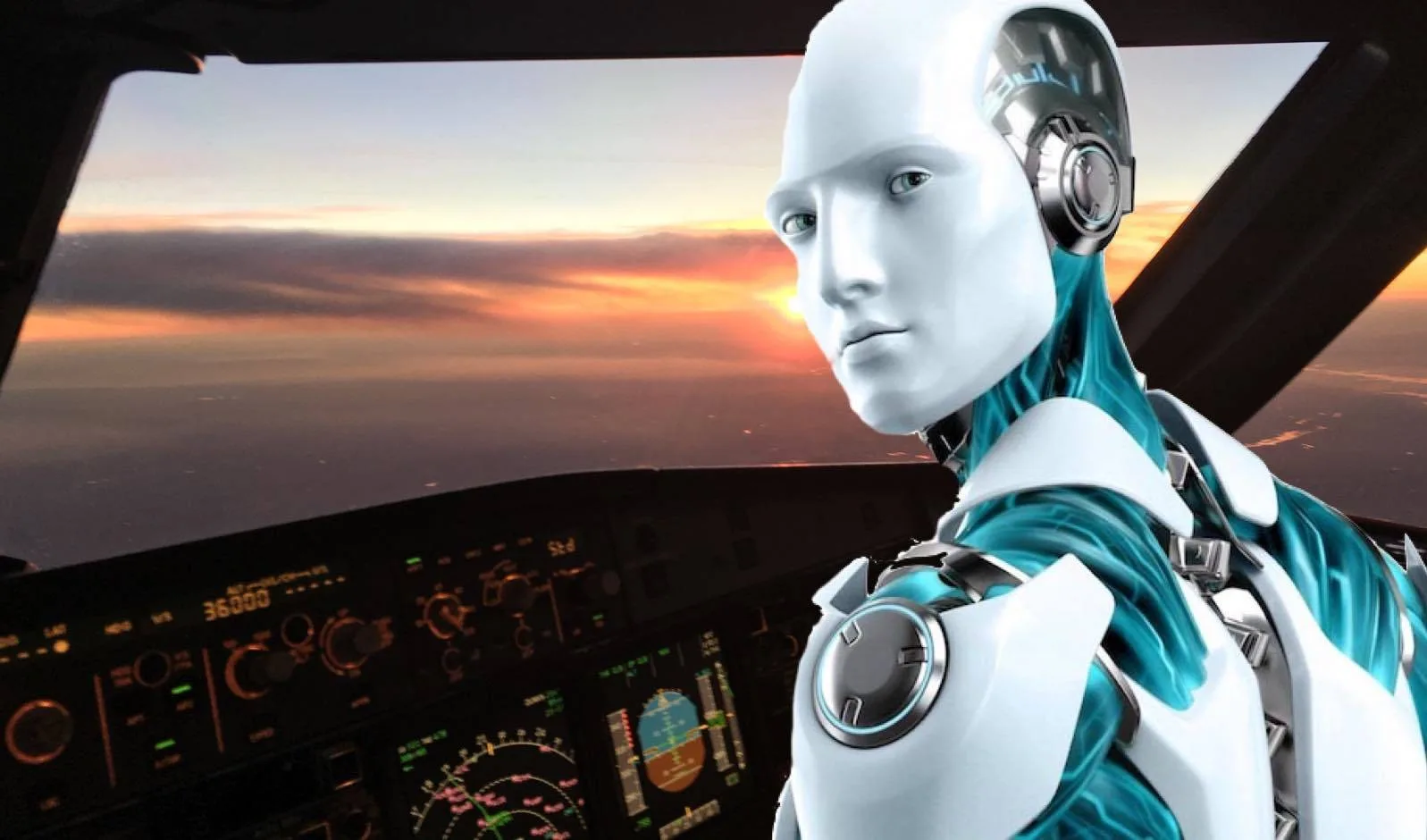Taking Humans Out of the Loop. As an idea, robotic pilots aren’t all that new. But now this latest news is giving the concept of taking the control out of human hands a bit of an extra sense of urgency. The unpredictability of an autonomous pilot’s emotional state, compared to a human, is rarely addressed. Still, with increased likelihood of catastrophic errors and natural disasters, the need for greater accountability will only grow.
Back in February, Reliable Robotics completed a series of remotely operated test flights with a cessna 208 caravan directed by a pilot stationed in its Mountain View headquarters over fifty miles away.
With the added cost of fuel, fewer airline seats will be able to accommodate the growing number of passenger flights. And if there is ever a major catastrophe in aviation, it won’t be as easy or as affordable to send humans to airports to be their replacements. Some argue that the problem lies in human nature. Humans, generally, don’t like to admit they aren’t in control, even when they are. Automated aviators may be a way to overcome some of that discomfort.
In addition to providing more efficient routes, increased safety, and the reassurance of knowing the plane will be heading to its intended destination, there are also some benefits to the airline industry itself. The Federal Aviation Administration recently announced the creation of the first federal guidelines for using aerial vehicles in national airspace. Those guidelines, which will eventually be enforced by the FAA itself, are expected to lead to more cost-effective automation of aerial transportation.
According to the FAA, most commercial pilots would agree that safety and reliability are important benefits to automated flight. When you’re about to make an unmanned flight, there is nothing more nerve wracking than waiting for the right information from the onboard computer. If you’ve flown an aircraft before and been successful, you know that getting the information you need from the computer can often be a matter of seconds. That’s why commercial pilots will likely welcome the idea of having robotic pilots at their disposal. Not only will this provide them with increased safety, but the introduction of robotics could actually lower the cost of air travel overall.
Robotic pilots will not only reduce the workload on human pilots, but they will also free up the workload of humans. Since most of the workload of an unmanned aerial vehicle (UAV) or other aerial vehicle must be devoted to communication between the control station and the UAV, there will be less time spent flying. Robotic pilots will be able to spend more time processing data or taking other important phone calls. The additional workload should be offset by the reduced costs to operate the vehicles-not to mention the safety savings. This makes sense because when there is only one person in the cockpit instead of two, the possibility of error is dramatically decreased.
Perhaps more significantly, robotic pilots and planes will provide the Federal Aviation Administration with more safety regulations to adhere to. Current regulations require planes to be operated by only one person, but new, safer systems will allow for two robots to fly with each pilot. This means that there will be more controls available for the pilots and less for anyone in the cockpit.
Is this the future of commercial aviation? Although there is much more work to be done to create such a system, rice said that he sees a day when all aircraft are run by autonomous robots. “I think it’s going to happen within the next five years,” he said. “It will happen before the end of this decade.” There are still some kinks that need to be worked out, including how to get robots to talk to the headsets worn by the pilots and the way the systems will interact with the human pilots as well as the human passengers.







